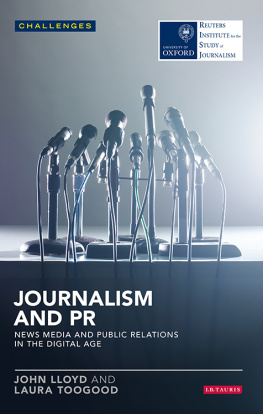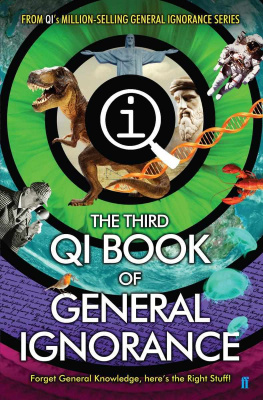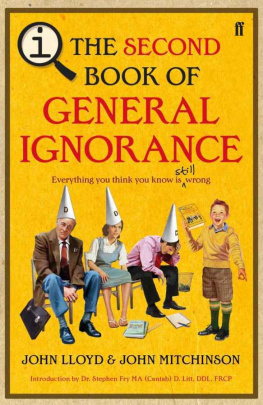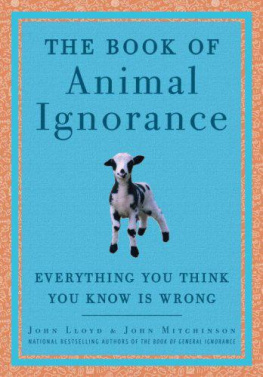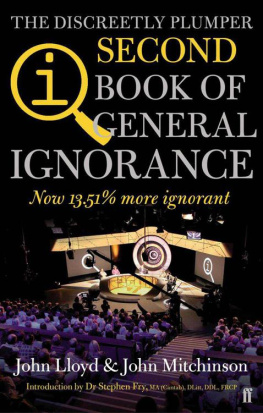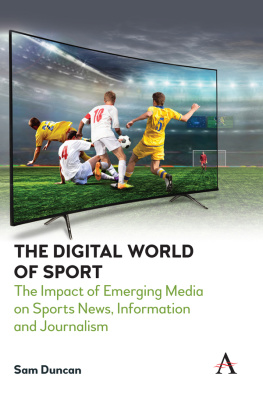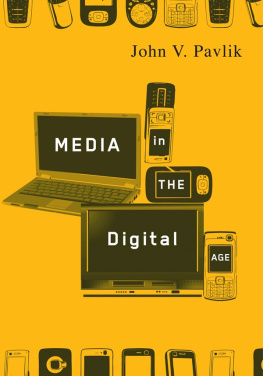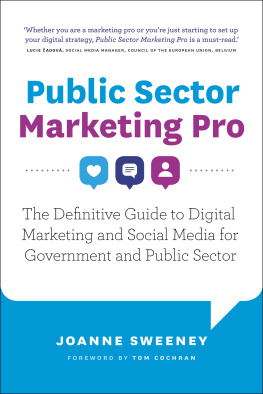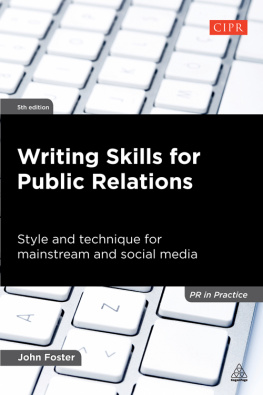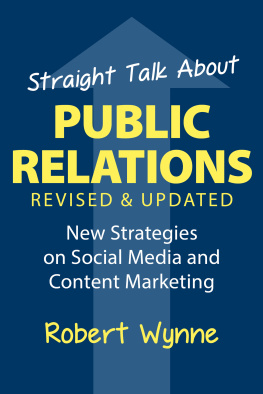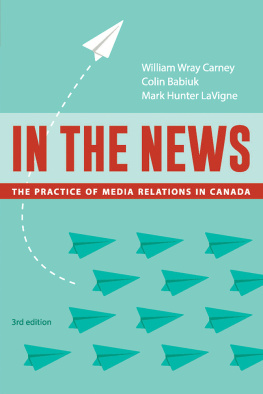John Lloyd - Journalism and PR: News Media and Public Relations in the Digital Age: News Media and Public Relations in the Digital Age
Here you can read online John Lloyd - Journalism and PR: News Media and Public Relations in the Digital Age: News Media and Public Relations in the Digital Age full text of the book (entire story) in english for free. Download pdf and epub, get meaning, cover and reviews about this ebook. year: 2015, publisher: I. B. Tauris, genre: Politics. Description of the work, (preface) as well as reviews are available. Best literature library LitArk.com created for fans of good reading and offers a wide selection of genres:
Romance novel
Science fiction
Adventure
Detective
Science
History
Home and family
Prose
Art
Politics
Computer
Non-fiction
Religion
Business
Children
Humor
Choose a favorite category and find really read worthwhile books. Enjoy immersion in the world of imagination, feel the emotions of the characters or learn something new for yourself, make an fascinating discovery.
- Book:Journalism and PR: News Media and Public Relations in the Digital Age: News Media and Public Relations in the Digital Age
- Author:
- Publisher:I. B. Tauris
- Genre:
- Year:2015
- Rating:5 / 5
- Favourites:Add to favourites
- Your mark:
Journalism and PR: News Media and Public Relations in the Digital Age: News Media and Public Relations in the Digital Age: summary, description and annotation
We offer to read an annotation, description, summary or preface (depends on what the author of the book "Journalism and PR: News Media and Public Relations in the Digital Age: News Media and Public Relations in the Digital Age" wrote himself). If you haven't found the necessary information about the book — write in the comments, we will try to find it.
The arrival of the internet, and especially of social media, has changed much of that. These new technologies have turned the audience into players who play an important part in making the reputation, and the brand, of everyone from heads of state to new car models vulnerable to viral tweets and social media attacks. Companies, parties and governments are seeking more protection especially since individuals within these organisations can themselves damage, even destroy, their brand or reputation with an ill-chosen remark or an appearance of arrogance.
The pressures, and the possibilities, of the digital age have given public figures and institutions both a necessity to protect themselves, and channels to promote themselves free of news media gatekeepers. Political and corporate communications professionals have become more essential, and more influential within the top echelons of business, politics and other institutions. Companies and governments can now must now become media themselves, putting out a message 24/7, establishing channels of their own, creating content to attract audiences and reaching out to their networks to involve them in their strategies
Journalism is being brought into these new, more influential and fast growing communications strategies. And, as newspapers struggle to stay alive, journalists must adapt to a world where old barriers are being smashed and new relationships built this time with public relations in the driving seat. The world being created is at once more protected and more transparent; the communicators are at once more influential and more fragile. This unique study illuminates a new media age.
John Lloyd: author's other books
Who wrote Journalism and PR: News Media and Public Relations in the Digital Age: News Media and Public Relations in the Digital Age? Find out the surname, the name of the author of the book and a list of all author's works by series.

